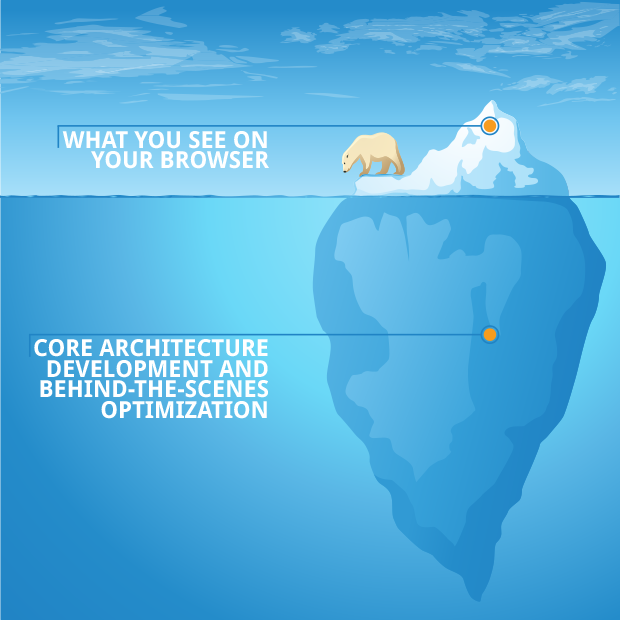

Generally, HR functionaries in such organizations meekly toe the line of bosses as they do not have guts to displease the owners and make them realize the truth. Typically, the bosses (owners) pretend in public as if they are highly modern, understand modern management practices and cover up the display areas of their offices with idealistic vision, mission and HR policy statements but in reality they adopt very restrictive type of HR practices. Especially, family run business have much bigger icebergs than the multicultural, multinational or public limited organizations. It's a very vital subject that you have elaborated on. I am looking forward to read your comments & observations. What has been your experience with the culture in your organization? Do you or your company leaders actively influence how things generally get done in the organization by setting examples through actions? And by doing so, they steer their companies clear from the sharp edges of submerged icebergs. Accordingly, they actively influence how the invisible portions of the culture shape up. Smart business owners & leaders know this. The only thing that really influences how things are done in practice is what the company leaders consistently display via their own actions. the aspects that determine how things actually get done in the company. In a nutshell, I find that visible portions of culture such as vision-mission-value statements or creating a ‘fun & vibrant’ office are not enough to influence the invisible parts of the culture i.e. On the other hand, the business owner who constantly spoke about wanting his people to be entrepreneurial never has had an employee who displayed an entrepreneurial streak. Predictably, this founder’s core team members displayed similar values too. He practiced this by regularly sharing his own performance (which included company financials) against set goals with his entire team. (In India, contributions are mandatory for companies only once employee size exceeds 19.)Īnother business founder had listed transparency as one of his company’s core values. The owners of one such company believed in welfare of their employees and accordingly contributed to Employee Provident Fund even though their employee strength was just 15. Sometimes, I get to work with companies in which what visible portions of the culture are in sync with what is actually practiced. In another company, the owner wanted his people to be entrepreneurial but kept the knowledge & work scope of his people restricted to their assigned areas of responsibility. In other words, they were expecting people to own their jobs but at the same time afraid to trust their people to manage time responsibly. When I asked about this, one of the directors said that they were afraid that employees would waste a lot of time on the internet. Facebook & Online shopping sites were blocked. Yet, the internet access in the company was restricted. The management of one of the businesses I worked with had put in Ownership as one of their organization values. The reason I started with the story of Titanic is because I see many business owners & leaders trying to steer their organizations by addressing only the visible elements of culture. The invisible portion often sums up to ‘the way we actually do things’. Unlike the visible portion, these invisible aspects of culture are usually unstructured, contextual and constantly evolving.

The invisible portion of the culture is made up of beliefs, shared values, stories & unwritten rules. The visible portion helps create the image of the organization in terms of ‘the way we are supposed to do things’. In many companies, culture is also showcased via the office interiors – bean bags, lava lamps, bright color walls, glass partitions etc. You will often see these framed in the hall ways & lobbies of organizations. The visible portion of culture is usually made up of vision-mission-value statements and the organization polices. And, similar to the iceberg that sank the Titanic, the invisible portions of culture can sink your company’s ship if left unchecked. I feel an organization’s culture is very similar to the iceberg in the above story because only a fraction of what makes culture is visible. As a result, the ‘un-sinkable’ Titanic sank in its maiden voyage. Titanic’s captain gauged the size of the iceberg incorrectly as only one-tenth portion was visible. All of us are familiar with the famous story of ill-fated luxury liner, Titanic.


 0 kommentar(er)
0 kommentar(er)
